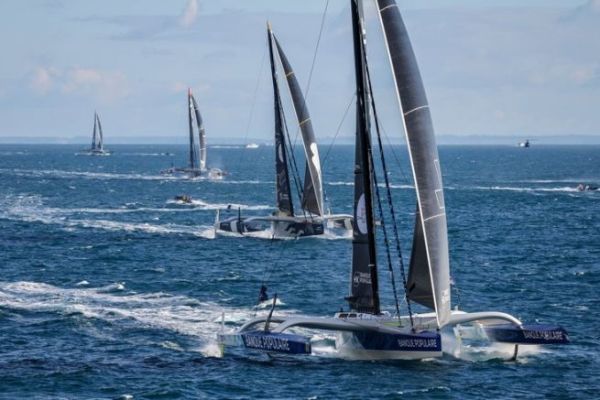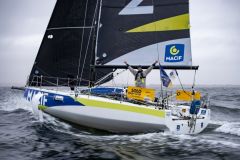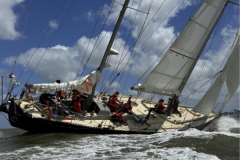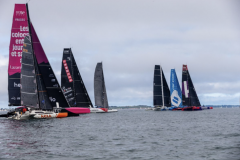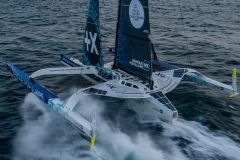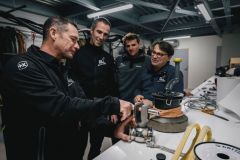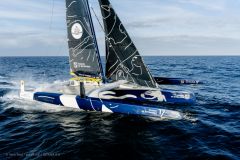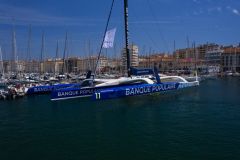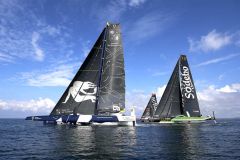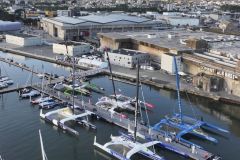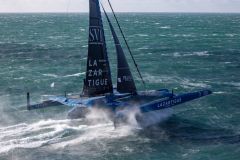What is a technical stopover?
According to the race instructions, a competitor has the right to make a technical stopover at anchor or in a port, and to receive help from one or more people.
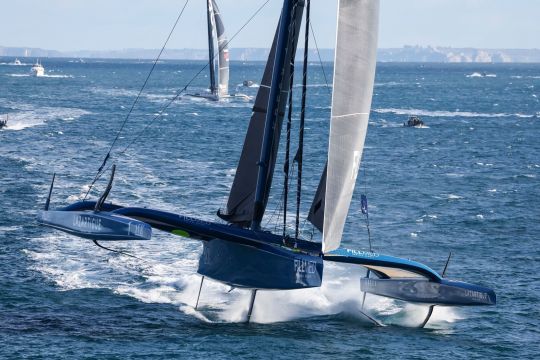
A competitor also has the right to put in to an anchorage, without this counting as a technical stopover, as long as he or she does not receive outside help during this stopover. This option remains highly hypothetical, given the difficulties for a solo sailor to anchor a 32-meter trimaran.
Race management must be informed in advance of each technical stopover, the number of which is not limited, but which must last at least 24 hours.
Management must also be aware of the nature of the damage requiring technical assistance.
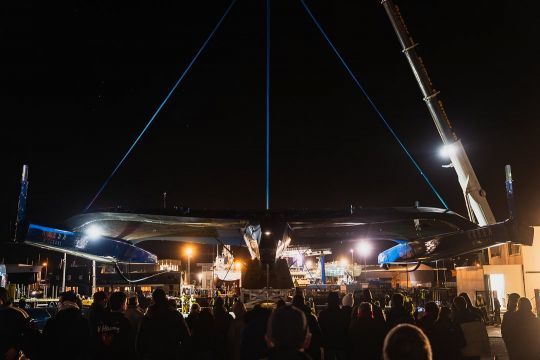
How does this "pit stop" work?
Once the shelter zone has been defined in consultation between the competitor and the race management, a 1-mile radius circle is established around the shelter. Once the sailor enters this circle, through a reference gate defined by two waypoints, he has the right to use his engine or to be towed to reach his stopping zone.
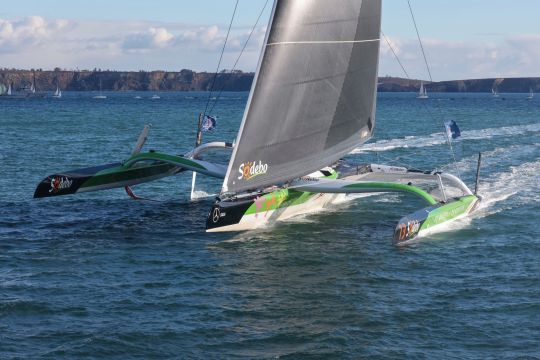
The stopwatch for calculating the 24-hour stopover is taken into account when passing through this gate.
As soon as the trimaran is in tow or under engine, crew members can come aboard, equipment can be loaded and repairs can begin. If he wishes, the skipper can disembark from his boat while the team is at work.
Once the repairs have been made, the skipper must return to the same reference gate through which he entered, single-handed and in race mode.
If the damage encountered is serious enough to prevent a competitor from reaching this circle, he/she has the right to use his/her engine or to be towed, provided that the route taken does not bring him/her closer to the finish line.
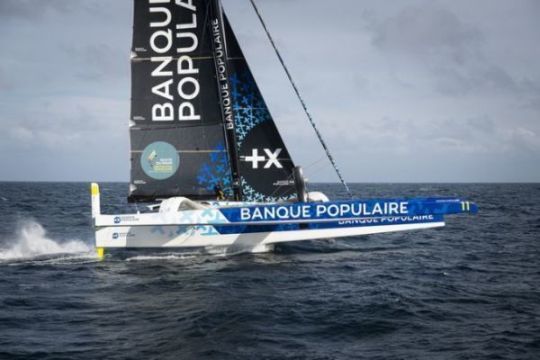
A stopover with far-reaching consequences for the standings
Unless compelled to do so, no skipper will resort to this feature of the racing rules. When the race was conceived, it was not envisaged that a competitor would be assisted. But the technical nature of the Ultim trimarans, and the fear of seeing few boats classified at the finish, forced the organizers to review their plans. Given the speeds reached by the Ultim fleet, a 24-hour pit stop is likely to jeopardize the chances of victory.
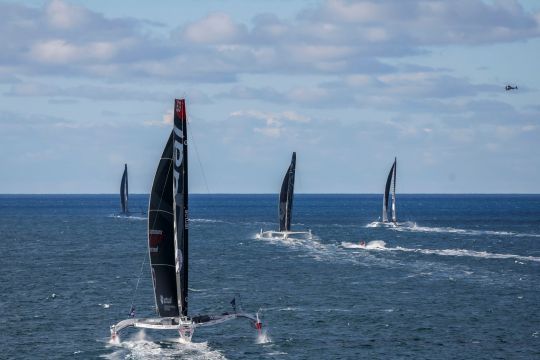
The logistical responsiveness of the assistance teams will be key if a competitor has to make a technical stopover. It's not easy to project yourself to the other side of the world with a 400 kg foil and all the equipment that goes with it. All the teams have already planned for various assistance scenarios, and will remain on deck until the trimarans return to the port of Brest.
